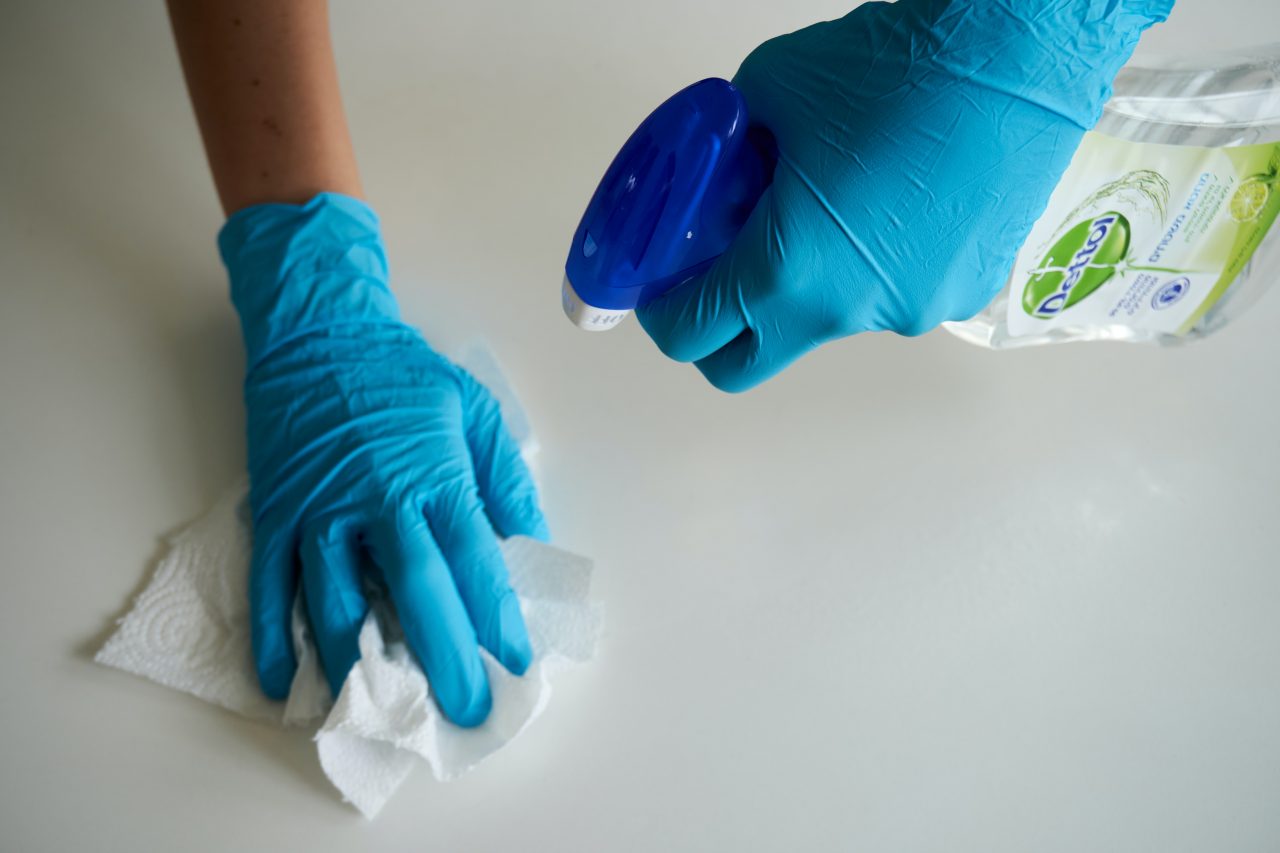Found some mould in your home? Getting rid of this unsightly fungus could be a priority – not just for the sake of your home’s appearance, but also your health. This is because mould releases toxic spores into the air. These spores can get into your eyes, your nostrils, your mouth, your stomach and your lungs. Exposure to mould has been linked with various respiratory problems. It can also cause headaches and nausea. Kids can be particularly susceptible to these symptoms and may even experience skin rashes and neurological problems.
Unfortunately, fighting mould isn’t easy. While cleaning it off your walls and windows might not be too hard, preventing it from coming back could prove more tricky. Below is a brief guide on how you can eliminate mould from your home.
What causes mould?
Mould spores are all around us. In small quantities, they are pretty much harmless. When there are too many spores in the air, they can start to collect on surfaces causing visible black mould. This is when you know that there is a problem. Typically, mould breeds in warm, damp and dark conditions. As a result, modern homes can provide the perfect environment.
What’s the best way to clean mould?
There are plenty of mould spray solutions that you can buy for cleaning mould off surfaces. These are made from diluted bleach. Spray this solution on the areas that are affected by mould and then wipe away the mould using a cloth. It may take some elbow grease to completely remove the stains. To protect yourself while cleaning mould, it could be worth wearing gloves. A face mask could also be worth wearing to prevent your breathing in mould spores.
How can I stop mould coming back?
Cleaning away mould will only temporarily get rid of the problem. As a result, you will need to work out ways of eliminating mould at its source. Below are just some of the ways in which you can stop mould from growing back.
Use an anti-fungal spray
After cleaning mould away using a bleach solution, wait for it to dry overnight. The next day, consider spraying each wall with an anti-fungal spray. This may be enough to prevent mould from growing back. There are lots of these anti-fungal sprays on the market. Do your research to find one that has a lot of good reviews
Let more sunlight into your home
Mould likes to grow in dark places. Opening the windows and letting some sunlight in during the day could help to fight mould growth. This won’t help when getting rid of mould in a cupboard, but it could help to eliminate mould on bedroom window sills if you’ve typically always got shutters down or curtains drawn.
Take steps to damp-proof your home
The biggest culprit behind mould is moisture. Sources of damp can be a common cause of mould. By taking steps to damp-proof your home, you may be able to stop mould growing back. There are lots of ways in which you can damp-proof your home. A few measures include:
- Installing a damp proof course: If your home’s ground floor or basement walls have a lot of mould at the bottom, it could be because you have rising damp. This is caused by water seeping up through the earth. Wrapping your home’s foundations with a protective sheath known as a damp proof course can prevent rising damp.
- Fixing roof damage: If you’ve got mould in your loft or on the ceiling, it could be due to rainwater leaking in through the roof. Fixing any damage on your roof will help to prevent rainwater leaking in.
- Replacing old window frames: If you’ve got a lot of mould around your windows, it could because your window frames are old and damaged, causing water to seep through the seals. Replacing your windows could fix the problem.
- Sealing up cracks: Cracks in walls could be letting in moisture. This could also be a source of mould. Consider sealing these up with caulk.
There are companies that can help you with damp proofing solutions. Consider using one of these companies to help beat mould in your home.
Improve ventilation in your home
Moisture can accumulate in the air as a result of cooking, showering or even simply breathing. This moisture can settle on walls and windows in the form of condensation, which can turn into mould growth. The best way to combat this is to make sure that your home is well ventilated. This encourages moisture in the air to be cycled out rather than letting it settle on surfaces.
Opening windows is one way to ventilate your home. When you don’t want to let in cold air, opening trickle vents in your windows can be a way of continuing to let air out (most modern windows have these vents – if your windows don’t have these vents, it could be another reason to replace your windows). You can also install extractor fans to physically pump moisture out in steamy rooms such as your bathroom and kitchen.
Stop hanging wet clothes indoors
When you hang wet clothes indoors, it encourages moisture to be released into the air. This can contribute to mould. Hang your wet clothes outdoors when possible. Alternatively, you could use a tumble dryer to dry your clothes.
Use an electric dehumidifier
If you live in a location where there is a lot of moisture in the air, no amount of damp-proofing or ventilation may be able to help. It could be worth investing in an electric dehumidifier to help suck the moisture out of the air. A machine isn’t the only way to dehumidify your home. Salt rock candles are also known for their dehumidifying properties. Certain plants are also capable of removing moisture from the air. On top of this, you can also buy moisture traps to place on window sills. These may be a cheaper option than buying an electric dehumidifier.











No Comments